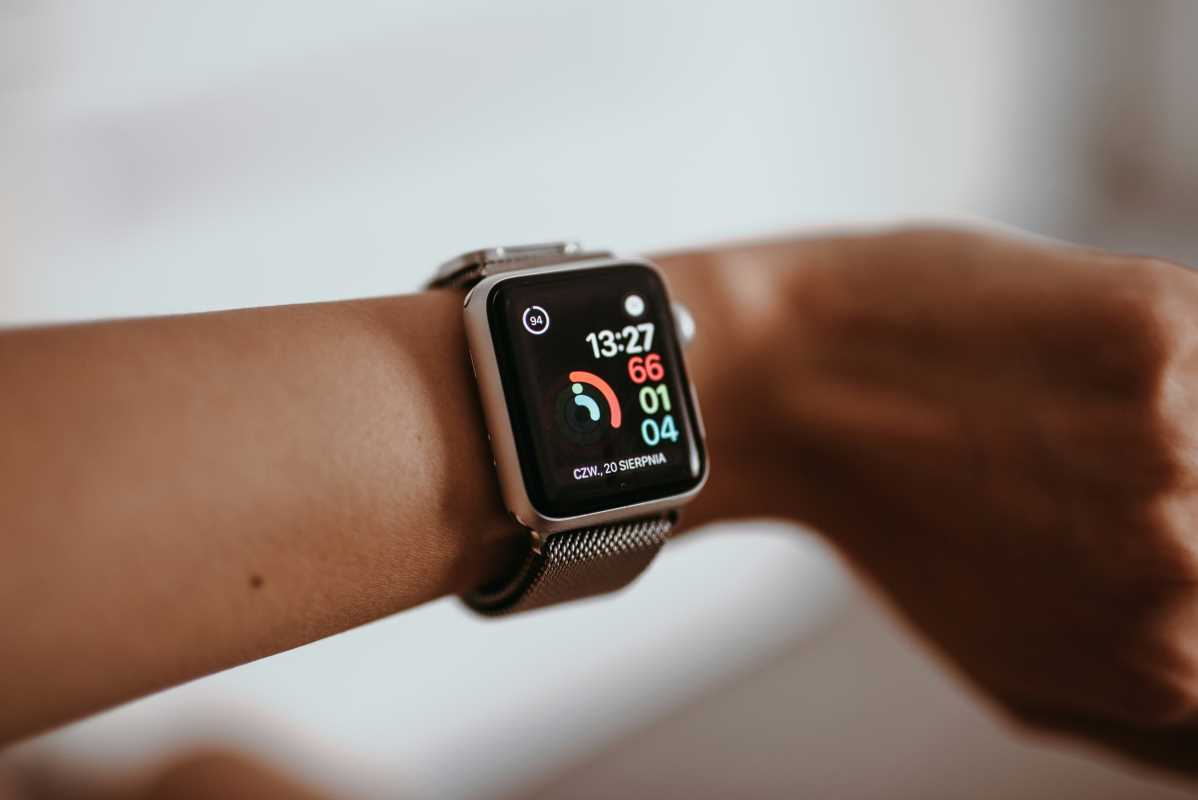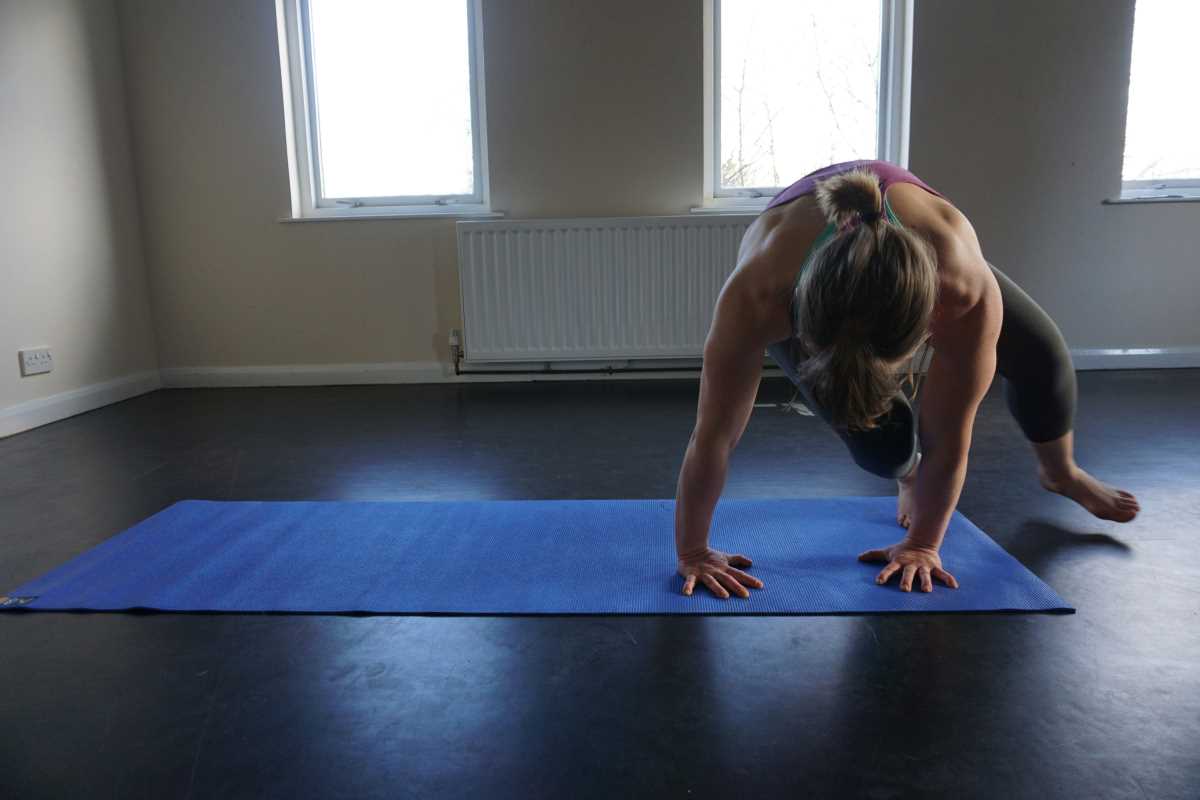Every athlete benefits from a training plan designed to meet the unique requirements of their sport. Tailored workouts and thoughtfully planned recovery periods work together to boost both strength and endurance. Paying close attention to these elements helps athletes maximize their abilities and minimize risk of injury. By adjusting your approach to suit your personal needs and the specific movements of your chosen sport, you can support steady progress and enjoy a longer, healthier athletic career. Thoughtful customization of fitness routines ensures you build a solid foundation for sustained performance and continued improvement.
When you shape workouts to fit your sport, you improve agility, refine technique, and prevent unnecessary fatigue. This personalized method cuts through the noise of generic advice and puts you on a more efficient path toward success.
Understanding Sport-Specific Fitness Needs
Every sport demands its own set of physical requirements. Whether you participate in team sports that require explosive bursts or endurance sports that need steady pacing, your body's energy systems adapt differently depending on the activity. Focusing on your unique needs helps you build routines that maximize performance and reduce injury risks.
It’s crucial to analyze the specific skills and physical attributes essential for your sport. For example, power-based activities may require plyometric exercises to boost explosive strength, while technical sports benefit from drills that enhance precision and coordination. Recognizing these key differences enables you to design workouts finely tuned to your competitive environment.
Key Components of Effective Sport-Specific Training
Designing training that targets your sport involves emphasizing several core components. Incorporate strength training, endurance exercises, flexibility routines, and recovery practices to prepare for the various challenges you encounter on the field. Each part supports overall performance and addresses the specific needs dictated by your sport.
Along with physical exercises, include technical drills and skill enhancements as fundamental parts of your routine. Combine these with recovery methods such as active rest and mobility work to build a well-rounded program.
Steps to Customize Your Fitness Plan
Start tailoring your training routine with a clear assessment of your current physical condition and the specific demands your sport places on your body. Developing your plan in carefully considered steps makes the process simple and straightforward.
Follow these practical steps to adapt your routine:
- Analyze the unique physical and technical demands of your sport by examining energy systems, movement patterns, and recovery needs.
- Set clear, measurable goals that focus on both performance improvements and injury prevention.
- Create training sessions that combine aerobic, strength, and skill-based exercises tailored to your sport's requirements.
- Regularly monitor your progress and adjust the workout load, intensity, and recovery strategies as needed to continue improving.
Following these steps gives you a clear roadmap that turns a general fitness routine into a focused plan aimed at success. Tracking your progress and adjusting your daily practices will help you reach new levels of performance.
Common Mistakes & How to Avoid Them
Sometimes, well-intentioned efforts lead to mistakes that prevent you from achieving your best results. Recognizing these common pitfalls allows you to change your approach before they become habits.
Watch out for these frequent errors many athletes make:
- Following a one-size-fits-all program without considering your sport's specific physical demands.
- Neglecting rest and recovery, which can cause burnout and injuries.
- Ignoring proper nutrition that fuels your performance and helps recovery.
- Skipping warm-up routines or cool-down periods that prepare your body and prevent strain.
Avoiding these mistakes helps you create a training environment where each session builds strength, sharpens skills, and supports overall health. Knowing what to steer clear of is just as important as understanding the right steps to take.
Tracking Progress and Optimizing Results
Keeping a close eye on your progress makes sure each workout counts. Whether you use a notebook, app, or wearable device, monitoring improvements in technique, endurance, and recovery provides clear feedback on your plan’s success. Detailed records help you identify which parts work best, guiding future adjustments.
At this stage, record performance metrics, note how your body responds after training, and celebrate small achievements. Regularly updating your progress log encourages a mindset focused on continuous growth. This personalized feedback transforms data into actionable steps, helping you tweak your sessions for even better results.
Your journey toward a sport-specific fitness routine depends on understanding your individual needs, creating an exercise plan that matches these demands, and closely tracking your progress. Focus on developing a structured plan that combines technical skill development, physical conditioning, and proper recovery methods. The discipline to regularly update and adapt your plan beats casual, generic fitness advice.
Maintain a flexible training routine and regularly update your methods to achieve peak performance.







